Mijn dagboek
Black and blue from standing in a public bus for three hours (!!!) yesterday on the way back of yet another really amazing weekend, I can’t do anything else than just sit in the shade at one of my favourite quiet spots in Colombo and write the fourth looong overdue chapter of this diary. This somewhat traumatizing experience did have one other positive result however. I have now mastered the Sri Lankan art of sleeping while standing in a driving vehicle. Wedged in between the hard plastic back of a seat and (in close physical contact with) three Sri Lankan men and my roommate I somehow found a way to relax and let go (or maybe get away from the harsh, warm and seemingly endless reality of this bus ride). With my bag on the floor between my feet, I leaned back on the seat behind me as far as possible, balancing myself so I could withstand any sudden movement, speedy turn-taking, or emergency brake our driver decided to do, without manually holding on to anything in the bus and yes, actually sleep. This must somehow be the influence of the mindful ways the Buddha teaches to the people in this country, it’s rubbing off on me.
However, another situation in which this kind of self-control and patience comes in handy is the hospital where I’m doing my internship. There is a lot of waiting around to do there in hot and crowded wards, often underneath inexplicably turned off ceiling fans. So far I’ve been to internal medicine and children’s medicine and I might go to surgery soon.
My first day started with me looking at the enormous sign (see picture) on one of the outer walls of the hospital, put there to ‘help you to reach your location comfortably’. I didn’t get much time to memorize any of it, before I was nearly run over by a tuk that delivered an unconscious teenage girl right to the front door of the hospital. A couple of male nurses came out to hoist the girl out of the tiny backseat, onto a stretcher and wheeled her inside, off to the emergency ward. This emergency ward, I understood later, only has three beds. Sadly, there are loads of patients needing emergency care and so they are shipped off straight away to internal medicine, where, due to this policy, often two or three patients with varying diseases and medical urgency have to share a single bed. Five curtains were drawn in my first two days on this ward. Five times resuscitation was attempted on these patients with cardiac arrest, severe lung disease or blood poisoning and none of them made it. Apparently dying is the only way of getting any privacy.
The wards are not only crowded with patients (‘crowded’ is becoming an increasingly insufficient adjective), but also swarming with medical staff of different ranks. On the medical ward, where there are 40 beds (so room enough for nearly a 150 patients), easily 20 nurses
esyaaa
4 chapters
16 Apr 2020
Time flies when you're in the hospital
November 28, 2016
|
Colombo
Black and blue from standing in a public bus for three hours (!!!) yesterday on the way back of yet another really amazing weekend, I can’t do anything else than just sit in the shade at one of my favourite quiet spots in Colombo and write the fourth looong overdue chapter of this diary. This somewhat traumatizing experience did have one other positive result however. I have now mastered the Sri Lankan art of sleeping while standing in a driving vehicle. Wedged in between the hard plastic back of a seat and (in close physical contact with) three Sri Lankan men and my roommate I somehow found a way to relax and let go (or maybe get away from the harsh, warm and seemingly endless reality of this bus ride). With my bag on the floor between my feet, I leaned back on the seat behind me as far as possible, balancing myself so I could withstand any sudden movement, speedy turn-taking, or emergency brake our driver decided to do, without manually holding on to anything in the bus and yes, actually sleep. This must somehow be the influence of the mindful ways the Buddha teaches to the people in this country, it’s rubbing off on me.
However, another situation in which this kind of self-control and patience comes in handy is the hospital where I’m doing my internship. There is a lot of waiting around to do there in hot and crowded wards, often underneath inexplicably turned off ceiling fans. So far I’ve been to internal medicine and children’s medicine and I might go to surgery soon.
My first day started with me looking at the enormous sign (see picture) on one of the outer walls of the hospital, put there to ‘help you to reach your location comfortably’. I didn’t get much time to memorize any of it, before I was nearly run over by a tuk that delivered an unconscious teenage girl right to the front door of the hospital. A couple of male nurses came out to hoist the girl out of the tiny backseat, onto a stretcher and wheeled her inside, off to the emergency ward. This emergency ward, I understood later, only has three beds. Sadly, there are loads of patients needing emergency care and so they are shipped off straight away to internal medicine, where, due to this policy, often two or three patients with varying diseases and medical urgency have to share a single bed. Five curtains were drawn in my first two days on this ward. Five times resuscitation was attempted on these patients with cardiac arrest, severe lung disease or blood poisoning and none of them made it. Apparently dying is the only way of getting any privacy.
The wards are not only crowded with patients (‘crowded’ is becoming an increasingly insufficient adjective), but also swarming with medical staff of different ranks. On the medical ward, where there are 40 beds (so room enough for nearly a 150 patients), easily 20 nurses
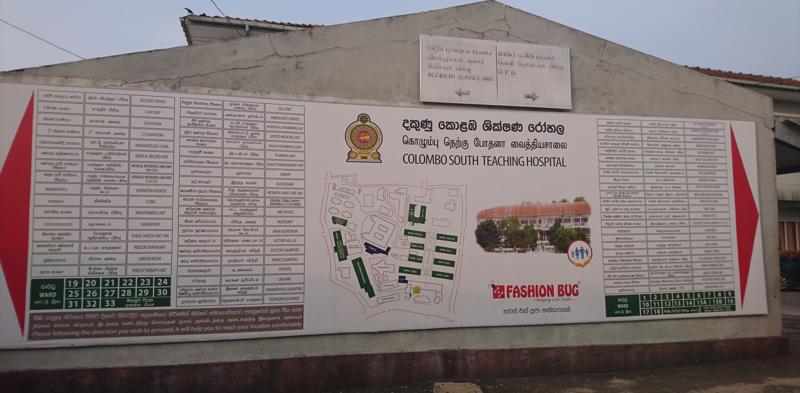
race around with carts carrying the hospital’s entire repertoire of chemical answers to the patients’ problems. Curiously there are only two interns for this ward. They have to be alternatingly on call 24/7 for an entire year, before doing their final all-deciding exam and graduating. Based on the results of this exam, which every graduating medical student in Sri Lanka takes, they are assigned a vacancy in any hospital in the country. This ranking list is open for everyone to see and only the best get to go to the much wanted city hospitals, while the lower scoring students are expedited to the rural hospitals. The Sri Lankan system guarantees a job to every medical student, you just don’t get to choose where. Anyway, back to the ward. The interns and house officers are the first to complete the rounds in the morning, right before the registrars and senior registrar come in at 8:30 and do the rounds again, in a group of eight to ten people. Then at 10:30, the consultant comes to the ward, another four or five doctors latch on and the rounds are done for the third and last time that morning. During the rounds, hierarchy is clear and should be honoured. The registrar who ‘owns’ the patient stands closest to the file and the consultant and may only be interrupted by other registrars who can answer quicker to the consultant’s
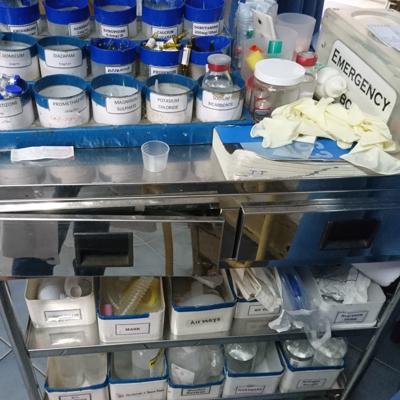

questions. The interns aren’t on the first row for these discussions but do have to catch as much of the conversation as possible, because when the consultant and registrars finish and move one to the next patient, the intern has to write all the findings and plans in the file and hurry after them immediately. I am in the last row, barely hearing anything and repeatedly reminded to my place with elbows, shoulders and cold stares. However, after about a week and a half I felt the mood change, slowly I was being accepted. The obviously exhausted interns acknowledged me for not trying to compete with them at all and some of the doctors directed me to the most interesting cases on the ward, encouraging me to look at the x-ray of a (deeply content and always smiling) man with ‘bamboo spine’ or examining the chest of a long term tuberculosis patient or a severe case of dengue fever. (For the medically schooled or interested readers, please contact me if you would like to hear more about the different diseases and situations I’ve seen in the hospital, I’ll stop here before I start boring or grossing out the other readers).
In the children’s ward, the definition of crowded fell short once more. Apparently all the third to fifth year students had been on holiday so far and were now back to do their practical experience. Another 30 people were added to the buzzing mass of medical power. Once I asked one of the third years I they could ask permission of the mother for me to have a look at her child. I started playing a bit
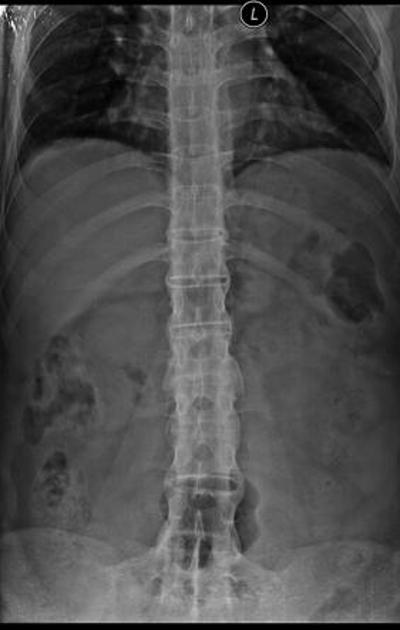
with the baby, letting it hold my stethoscope and using my flashlight on his mother’s hands and cheeks before putting it on him. By the time I had finished examining the boy properly, I turned away and found 30 twenty-one-year-olds huddled right behind me shamelessly staring. Apparently the students aren’t not allowed to touch the patients.
One morning all the students in the children’s come running for me as I arrive. ‘A Dutch mother and child have been admitted to the ward!’ They tell me all about how cute her little chubby white baby is (just like in all the posters that hang around the ward, yes.. really weird) and how lucky this lady is that I’m on this ward now. While I put on my coat and hang my stethoscope around my neck, they go on about how this woman looks even more Dutch than I do. She’s very tall with fair skin, blond hair and blue eyes. Hyped up, and with an excited group of students behind me, I walk up to the only other ‘fair-skinned’ woman I’ve seen so far in the hospital. Ready to put her at ease, I smile at her and introduce myself. ‘Chai’, she says, ‘I from Russia’.
Often it’s the most unfortunate patients who shine the brightest. The most memorable patient I met in the children’s ward was a pale, tiny, big-eyed, eleven-year-old girl. Wherever I went, her eyes followed me. Her mom always sat beside her bed and most of the time they
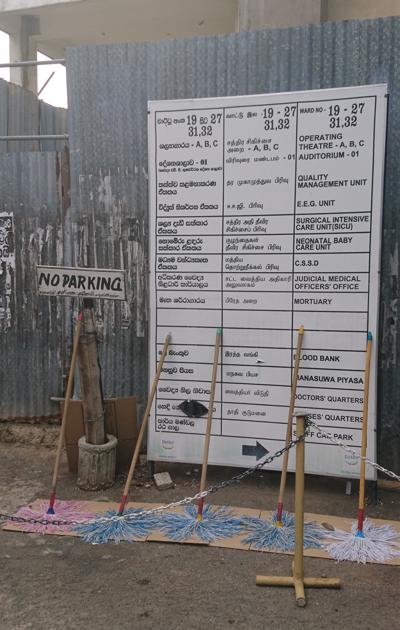
were doing homework together. I opened her file on the table at the end of her bed and read she had ?-thalassemia major. This is a deadly disease in which some of the building blocks for red blood cells aren’t produced sufficiently, resulting in faulty cells which are destroyed in the spleen, leaving the patient with anemia. At only 11 years old, the girl had now been admitted for her 118th blood transfusion. I looked up from the file to find the girl frantically grinning at me. She was holding her school book and exchanged some looks with her mom, who answered with the Sri Lankan head shake (which despite the sideways movement of the head means ‘okay’). In English, the woman asks me where I’m from and what I think of Sri Lanka. Soon the little girl joins in (also in English!) and we talk about the cities her family lives and the places I have visited so far, using the map of Sri Lanka on the back of her book. I show her pictures on my phone from my trips, some of my family and some of the Netherlands. She asks me if we too have elephants, snakes and crocodiles. No.. How about cockroaches, monkeys or geckos? She has all of those in her backyard. I’m not sure she’d want to visit the Netherlands, clearly a country without any interesting animals. Her mom proudly tells me her daughter wants to be a doctor too and I give her my stethoscope to listen to her own heart, her eyes lit up. At that point I have to leave because we have a class, but the next time I pass her bed she calls my name. She wants to give me her Sri Lanka key hanger. I trade her my compass key hanger for it and she asks me to write my name on the back. Luckily she did the same for me.
Weekend stories really need a separate chapter.. more next time!
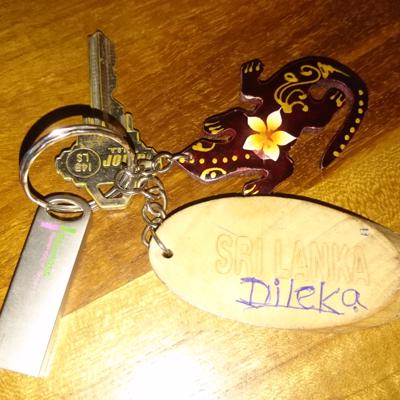
Share your travel adventures like this!
Create your own travel blog in one step
Share with friends and family to follow your journey
Easy set up, no technical knowledge needed and unlimited storage!